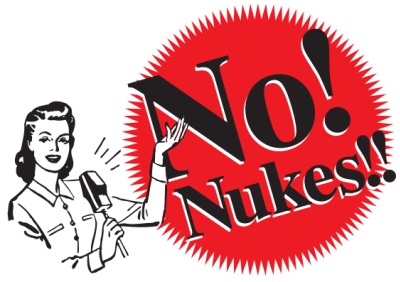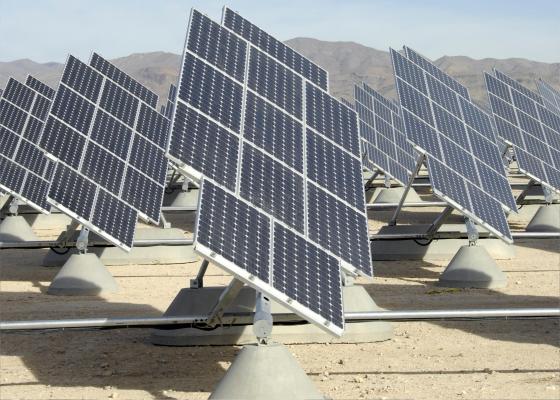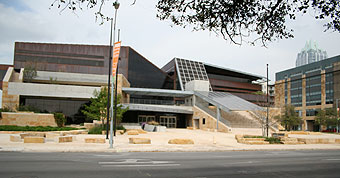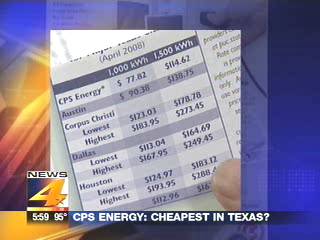 As expected, the Austin City Council made the decision to delay the vote on Austin Energy’s proposed solar plant until March 5th. Council Member Mike Martinez wanted to put it off longer, but since the bid for the plant will actually expire just seven days after this March meeting, the council agreed unanimously to have the final vote in three weeks time.
As expected, the Austin City Council made the decision to delay the vote on Austin Energy’s proposed solar plant until March 5th. Council Member Mike Martinez wanted to put it off longer, but since the bid for the plant will actually expire just seven days after this March meeting, the council agreed unanimously to have the final vote in three weeks time.
The foremost explanation for this delay was to give more time for the public participation process… though I think it is important to note that the “public” we’re referring to here is chiefly the city’s largest industrial rate-payers. The general Austin public has already shown its colors on this issue. According to recent surveys conducted by Austin Energy (and presented yesterday morning by Roger Duncan, general manager of the utility), Austinites want much more solar. At 30 MW, the proposed solar plant would be the largest utility-scale photovoltaic array in the nation, and the 6th biggest solar plant in the world. From where I’m sitting, that looks like just what the doctor ordered.
Large-scale users are up in arms because, since they use so much more energy, they think they’re going to be particularly hard hit by any slight rate increase. Due to information that surfaced during this meeting, I am inclined not to feel terribly sorry for these folks. If you’ll just stick with me here, everything will be illuminated. I promise it’ll be good.
The council had already decided to delay the vote before they even entered the chamber, but listened to presentations and public comment anyway. First on the agenda was Roger Duncan, general manager of Austin Energy.
Roger started out by laying out the basics of the proposed solar plant and how it would fit in with the City’s strategic energy plan. The City plans to get 100 MW of its power from solar energy by 2020. The first goal in this process was to install 15 MW of solar power by 2007. We missed that stepping stone — Roger said we currently have 1.5 MW of solar installed on rooftops throughout Austin. The next goal in line is to get 30 MW by 2010. If the proposed project is approved, and built within the expected 18 months, Austin will be right on schedule to meet that goal. (more…)
 Feb 11, 2009
Feb 11, 2009 Time to show your support for solar, and your opposition to new nuclear power!
Time to show your support for solar, and your opposition to new nuclear power!

 Want Austin to do think outside the box on energy efficiency?
Want Austin to do think outside the box on energy efficiency?







